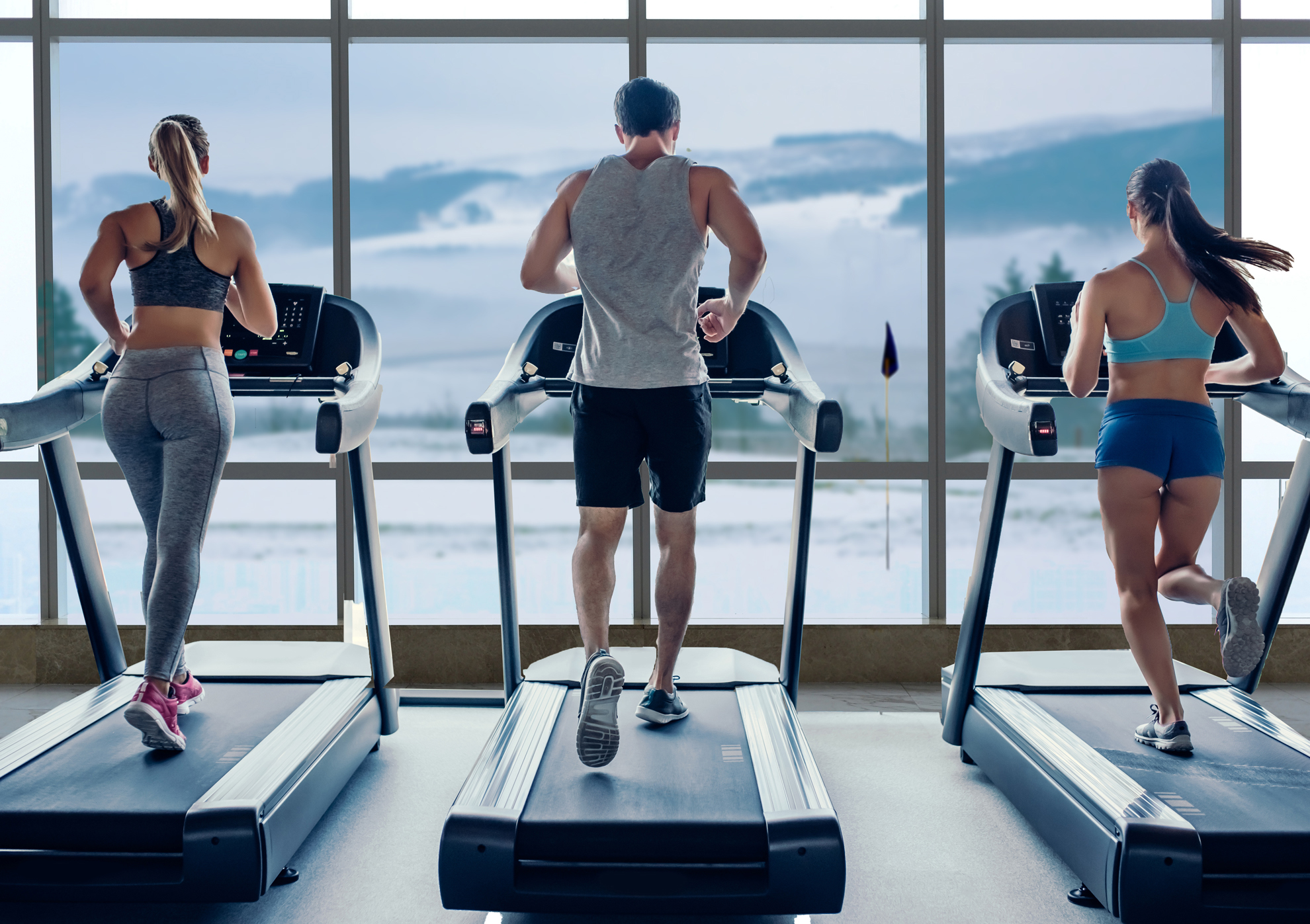Address your golf issues during the cold months with indoor activity that is focused on your fixes
By Neil E. Wolkodoff, PhD
As golf in Colorado winds down, this is an opportunity to direct that cold weather exercise to be relevant to health and your golf game. You can adjust your physical activity for a better 2024.
Golf is a unique sport that uses fitness but doesn’t build fitness from participation. And some mental skills employed in golf are best developed outside of golf. Be aware that research about what method or strategy can be used to fix common golf problems is nonexistent. This is a case where we can infer some routes to improvement by knowing physical and mental relationships. The following issues and applications can address the issue in the slow season. Ensuring the application fits your needs will likely take some trial and error.
BACK NINE IS ALWAYS WORSE THAN FRONT NINE. The primary culprit of consistent performance here is your endurance fitness. While golf does not use endurance fitness in the swing, it is essential in two areas. As most 18-hole rounds are 4.5 hours, endurance fitness contributes to keeping energy up and maintaining focus. Even if you play in a motor cart, the amount of walking for tee boxes and greens is significant.
APPLICATION: Start with 30 minutes, three times per week, of cardiovascular activity like a bike, elliptical, or treadmill. Increase each week so you can perform 50+ minutes at a moderate intensity (think cruise control on the interstate) without fatigue. While treadmill walking at a slight grade has good applicability to golf, other modes of activity can help. Cycling, rowing, and elliptical have positive benefits and should be included if you can access those machines.
FRONT NINE IS ALWAYS WORSE THAN BACK NINE. One factor here is physical readiness, specifically dynamic flexibility. Static flexibility is what you can do, reaching and holding, yet it has little relevance to a reciprocal ballistic sport like golf. You move one way in the backswing, store some energy, and then move the other direction. Dynamic flexibility, which you can do in complex movements without much warmup, is vital in golf. Many golfers reach their normal active motion range until the fourth hole.
APPLICATION: While static stretching can improve the range of motion, dynamic movement is best for sports like golf. Before and after any physical training, develop a calisthenic or movement program and use it for two to four minutes. If you need ideas, look at WWII physical readiness programs. Things like arm circles, cross-body arm extensions, limited motion squats, walking lunges, hip circles, and the like all provide incredible dynamic flexibility. Since they involve movement, the muscles increase temperature, which leads to more flexibility. These short movement-based routines can be used on the tee or course while waiting for partners to make their shots.
FOCUS WANDERS. Walking down the fairway should be straightforward: assessing options, picking one, and going. However, this process is not always easy, as a bad shot or just about anything else will disrupt the pre-shot routine. Doing this at least 75 times in a round makes it more challenging to do consistently.
APPLICATION: Some other sports and activities can help you hone your concentration and thought process for the 47 seconds before the swing. Serving a ball, such as tennis, racquetball, squash, or pickleball, is similar to the golf swing. You pick a target. Then, you choose a trajectory, plan your physical movements, and pull the trigger. This can also be done with darts. The key here is picking an activity where you can repeat start, stop, and then begin a pre-shot routine again. You control the sequence. You don’t react.
SWING IS ERRATIC ON BACK NINE. There are several culprits here, with a change in your golf posture a significant contributor. Change your spine and leg angle; you can only rotate through the swing with less consistency. Two areas contribute to this change: lack of back and hamstring strength. The sequence often goes south as the hamstrings or back of the legs tire; they pull on the back, and you tend to come out of your posture a few degrees. To compensate, some golfers hunch, which further affects hip and spine rotation.
APPLICATION: For the back, a back extension machine at a club is one option twice a week with three sets of 25 reps. Back bridging, especially using a fit ball, is also effective. For the hamstrings, twice per week of five sets in a combination of prone and seated leg curls is a good action plan.
Neil E. Wolkodoff, PhD, performs research on golf and sports, and provides programs to improve human performance and health. He has worked successfully with PGA, collegiate and junior golfers over the last 25 years. Neil is the Medical Program Director for the Colorado Center for Health & Sports Science.










